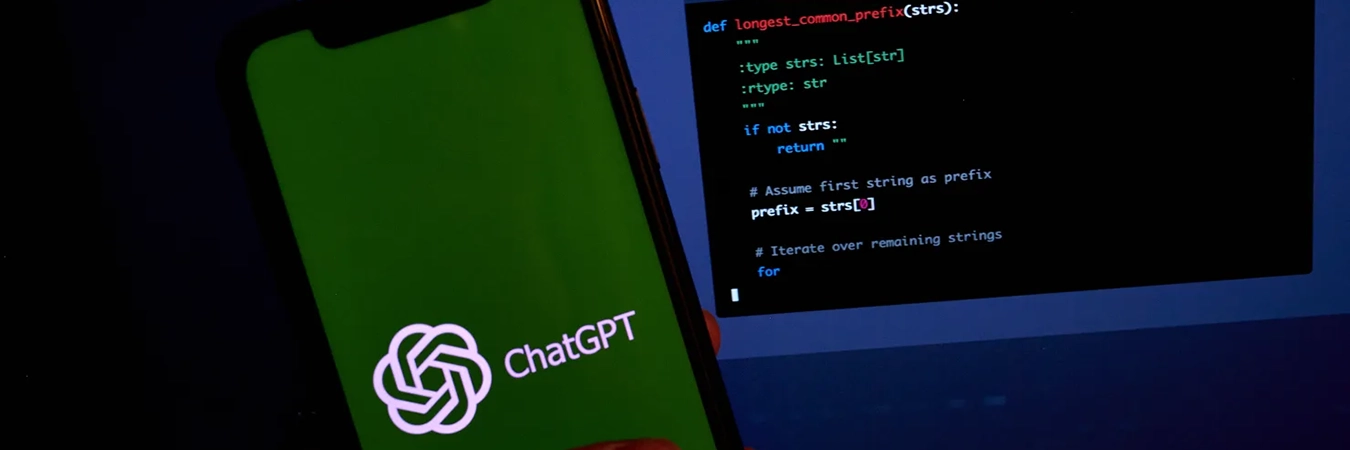Surveys, such as the one conducted by Beaming, underscore the alarming reality that two-thirds of UK companies with 10 to 49 employees fell victim to cyber crime in the past year alone. This not only poses a financial threat, with the average cost of cyber attacks on small businesses reaching £65,000 per victim, but also contributes to the estimated £13.6 billion in losses across all UK small businesses in 2018.
Despite the prevalence of cyber threats, a concerning number of small businesses assume they won’t be affected. This assumption is a risky one, as cyber attacks are not a matter of ‘if’ but ‘when.’ The 2018 State of Cyber security in Small and Medium Size Businesses study sheds light on the severity of the situation, revealing that 67% of SMEs experienced cyber attacks, encompassing phishing, advanced malware, zero-day exploits, and ransomware. Additionally, 58% reported data breaches, underlining the pressing need for a proactive approach to cyber security.
With these cybercrime statistics in mind, being proactive and implementing robust cyber security measures is essential for minimising the impact when an attack occurs.
What kinds of cyber threats are out there?
Understanding the types of cyber threats small businesses face is crucial for developing effective defence mechanisms. Phishing attacks, constituting 25% of all cyber incidents, are particularly insidious. They often involve deceptive emails aiming to trick employees into revealing sensitive information. Ransomware attacks, while less frequent, are financially more damaging, costing victims an average of £21,000 each. Password hacking adds another layer of vulnerability, emphasising the need for comprehensive cyber security strategies.
Phishing
Phishing remains a prevalent threat, where attackers use deceptive emails, messages, or websites to trick individuals into divulging sensitive information. Small businesses are particularly susceptible, with employees often being the entry point for cybercriminals.
Malware
Malicious software, or malware, poses a constant threat to small businesses. It includes viruses, trojans, and ransomware, each capable of causing significant harm by compromising data, disrupting operations, or holding systems hostage for financial gain.
Password hacking
Weak or compromised passwords can provide cybercriminals with easy access to a business’s sensitive information. Password hacking is a common method employed by attackers to gain unauthorised entry, emphasising the need for strong password policies.
Costs of a cyber attack on small businesses
The financial implications of cyber attacks on small businesses extend beyond immediate costs. These attacks can potentially bankrupt a business, but the negative impacts don’t stop there. Loss of employee and customer trust, feelings of vulnerability, and diminished confidence as a business are common repercussions. Additionally, businesses may find themselves allocating significant time and resources to update security measures and reset passwords. But what are the other negative impacts?
Losing employee/customer trust
A cyber attack erodes the trust that both employees and customers place in a business. Breached confidentiality and compromised data can result in a loss of credibility that is challenging to rebuild.
Feeling vulnerable
The aftermath of a cyber attack often leaves businesses feeling vulnerable and exposed. This emotional toll can impact morale and hinder the ability to operate with confidence.
Affecting your confidence as a business
Cyber attacks can shake the confidence of business owners and stakeholders, making them question their ability to protect sensitive information and maintain secure operations.
Time-intensive
Recovering from a cyber attack demands substantial time and effort. Businesses must invest their time into updating security measures, resetting passwords, and implementing additional safeguards to prevent future incidents: time that most people don’t have.
Small business cyber attack statistics
Many people will still be looking at these attacks and think ‘it will never be me’, but the numbers tell a very different story. Here are 5 statistics1 that may shock you as a small business owner:
- Small businesses with under 250 employees tend to be more susceptible to email threats like phishing, spam, and malware.
- 54% of businesses admit that their IT departments lack the experience to manage complex cyberattacks.2
- If nearly 75% of small businesses were to experience a ransomware attack, bankruptcy would soon follow for the majority of them.
- In 80% of all hacking cases, compromised credentials or passwords are to blame.
- 40% of small businesses worldwide have reported losing essential data due to an attack.
Cyber security advice
In navigating the complex landscape of cyber security, small businesses should seek professional advice tailored to their specific needs. Contrary to common belief, effective cyber security doesn’t always require a massive budget. It’s more about being aware of potential risks and taking proactive steps to mitigate them. By fostering a culture of cyber security awareness and adopting cost-effective security measures, small businesses can significantly enhance their defences against the ever-evolving landscape of cyber threats.
The first line of defence against cyber threats is proactivity. Small businesses should prioritise educating employees about cyber security best practices, recognizing potential threats, and reporting suspicious activities promptly. Get in touch with us today to find out how we can tailor a cyber security solution for your business.
Footnote



